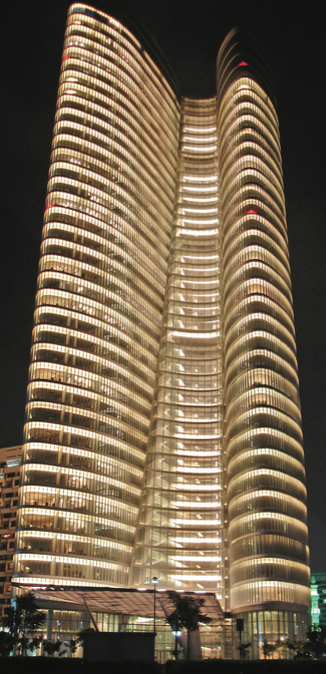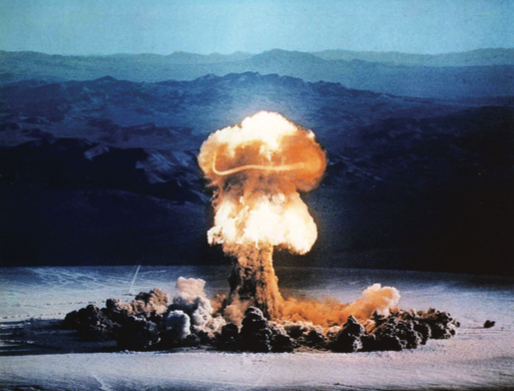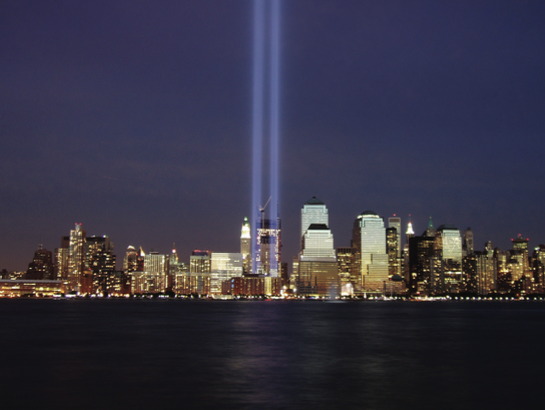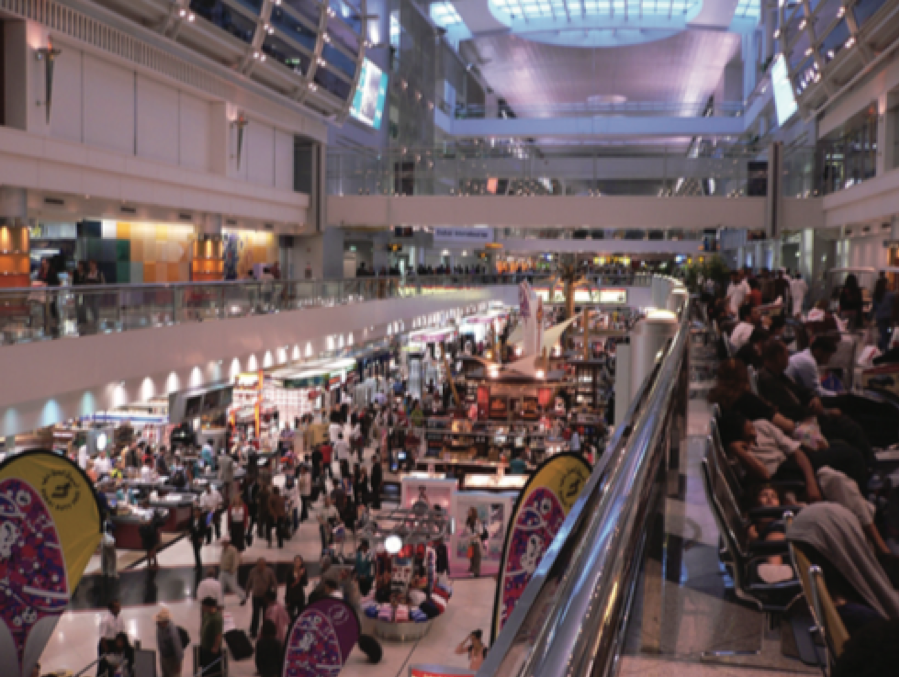From a distance, one observes the birth of a new skyline — sprouting towers of elegant bricks, mortar and concrete that will house an eclectic range of people who choose to live in Beirut, a city with a raw database of stories with even more plots and twists than the latest Hollywood movie. These flawlessly finished apartments, kaleidoscope designs and stainless kitchens do, however, also come with a somewhat jaw-dropping price tag for a non-utopian city. Apartments in the tower blocks facing the marina, for example, are $1 million plus, this being considered a modest figure by the many that have already sold “off-plan.” A recent report by Bank Audi on Lebanese real estate records over 35,000 property transactions in the third quarter of 2007 alone.
The political climate of the country is no secret, with the World Bank and International Monetary Fund rating the investment risk of the nation on par with states such as Chad and Sudan. In mid-May the country was on the brink of civil war when Hizbullah’s heavily armed fighting machine attacked and seized large parts of West Beirut and nearby Beirut suburbs. For six months Lebanon had remained without a president and the specter of confrontation and violence had loomed over the entire nation for the past three years. After the fighting in May, most business people in Lebanon’s hospitality and tourism sectors were convinced this would be another summer of dread, a third year with an abysmal tourism season and a degree of security risk that would scare even a speculators of George Soros’ ilk.
How then does one explain these property prices? Take for instance the prices in towns such as Marbella on the Mediterranean coast of Spain, a naturally luxurious and hedonistic playground of the rich and famous that can potentially be Beirut, once the “Paris of the Middle East.” Apartments and villas, in gated compounds, boast similar million dollar and above price tags, with a relative saving grace of EU membership, security, a stable and functioning government, absence of political bickering, lower investment risk rating and of course the Spanish siesta. From a stability point of view, comparing Marbella and Beirut can be like comparing chalk and cheese, and yet the latter demonstrates great resilience within the real estate sector.
Analysts could attempt to explain this, citing the strong Lebanese banking sector with its impressive levels of liquidity and credit availability, investment from the Middle East region in general, former Lebanese residents re-investing in their motherland and a social transformation of the younger generation irrespective of the political divisions and diversions that frustratingly prevail. The prices must therefore exist due to supply and demand side factors that have assimilated the political factor, combined with changing perceptions of the nation to both investors and home buyers. The supply-side factors may be explained two-dimensionally by the fact that key locations in the city, such as Hamra, are crowded with developments in a relatively small space; this is compounded with the needs of the local and growing student population at prestigious institutions such as the American University of Beirut delivering medium-term tenants for investors, all scrambling for limited good space locations.
Prices in Marbella, however, have long reached their peak, and the number of British residents and investors living in this southern gem of Spain is a known fact. In similar fashion, Beirut has lured investors from a variety of locations in the Middle East. The country boasted FDI stocks of $18.3 billion and inflows of $2.7 billion in 2006, this in a year Lebanon was at war with Israel. There is speculation further investments are yet to come, providing the political tensions dilute or at least don’t escalate to the previous historical levels. It is a question of risk taking, risk adverse or a laissez-faire attitude to risk in terms of investment, though it has to be noted that both Lebanese economics and politics exist in varying shades of grey. 2008 growth in 2008 is projected to be positive, with estimates from 4-8% depending on which local source is consulted. According to local research companies such as Infopro, “the prices have risen, though some are just gearing up for the boom that is to come in 2008.”
After several days of intense negotiations in Qatar, Lebanon’s opposing leaders elected a president and a new “united” government was expected to be formed by end of May. The Doha agreement has created hope for many Lebanese to lift the nation out of a state of violence and confrontation into peace and stability.
Within hours of the political sea of change on May 25, 2008, the Beirut city center was preparing for an abundant summer of returning visitors and countless festivities. This ability to return to form and celebrate life is what makes the place. Beirut offers that ‘something extra’ — an intangible and unquantifiable element — that is mainly driven by an unprecedented cosmopolitanism that refuses to exclude anyone or anything, an “x-factor” which other cities in the region lack.
A drive down the city center would awe the most critical of architects at the restoration of a once destroyed French style quarter. Retail spaces are plenty, with rents in the popular malls ranging from $2,000-$3,000 per square meter. One would expect the political factor to suppress prices, yet it appears that some defiance amongst buyers and sellers remains. Given that the political crisis subsides, in terms of real estate at least, the city seems set to become a Marbella of the Middle East.
Dr Priyan P. Khakhar is an assistant professor at the American University of Beirut’s Olayan School of Business.













